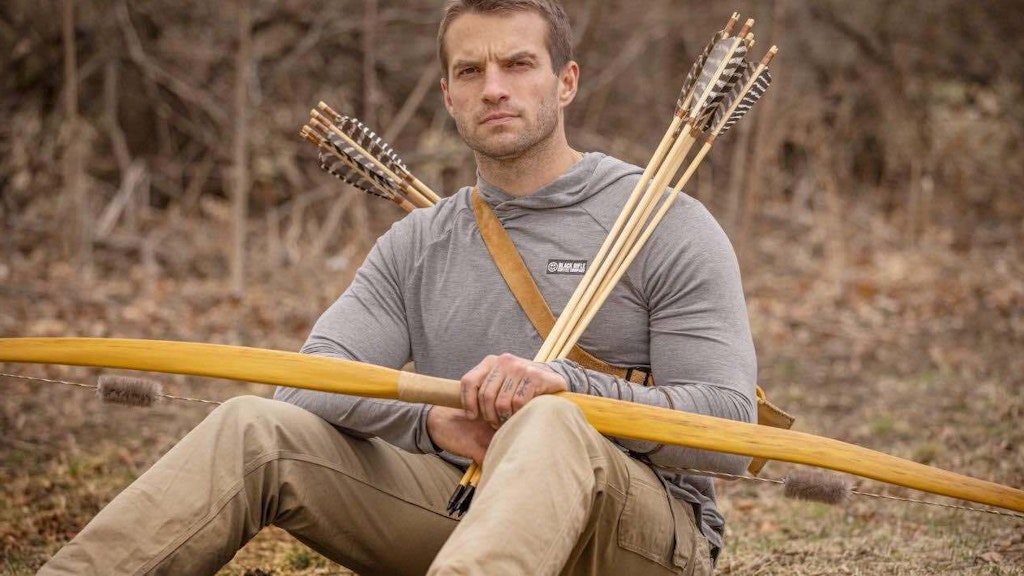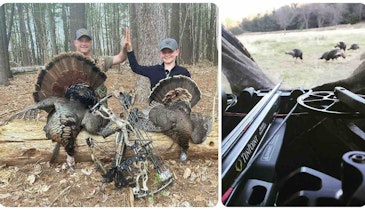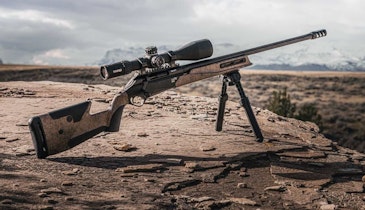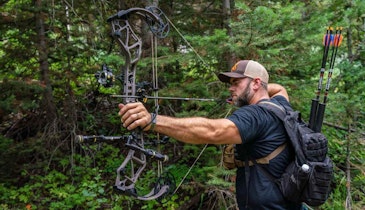My fascination with traditional bows is probably due to the fact I began bowhunting with a recurve in the late 1970s. I still own that 45-pound-draw Browning Cobra; I received it as an unwrapped gift from Santa, meaning it was waiting for me under the tree on Christmas morning.
About 10 years later, I purchased a 54-pound-draw takedown recurve made by bowyer Dick Robertson. Unfortunately, a few shoulder and elbow injuries during my adult years now make that Robertson Stykbow uncomfortable to shoot.
While it’s true a top-notch factory recurve or longbow probably performs as well as a custom model, there’s something special about holding and shooting a bow that was crafted especially for you. And that brings me to the story of former Marine Correy Hawk (below).
Hawk makes longbows of various styles from harvested Osage orange and hackberry wood in his home state of Nebraska. His business is called of Organic Archery, which is a great name for a bowyer who builds hand-hewn longbows and accessories for traditional archers.
Unlike some custom bow builders, Hawk isn’t secretive about his craft. In fact, each year he offers several 3-day bow building classes. In these workshops, Hawk says you’ll “learn to craft a powerful, smooth-shooting whitewood selfbow with basic hand tools. You’ll leave the course with a one-piece longbow suitable for both small and large game, built from start to finish by you.”
Hawk limits each workshop to three students; all seven of them are sold out for 2023. The price of $1,800 (all-inclusive, no tax) seems fair to me. After all, you’ll learn from Hawk for 8-plus hours per day and then leave with a beautiful new bow.
As teased in the article’s title, the YouTube video below explains why some custom-made longbows are “snakey.” I often wondered why this was true. After listening to Hawk explain how a bow is built, now I understand.
One of my favorite parts of the video takes place at the 2:54 mark; it showcases a “tillering tree,” a device used by bowyers to visually examine how each limb arcs under a load. It also helps the bowyer build each bow to the customer’s exact specs (certain draw weight at a specific draw length).








